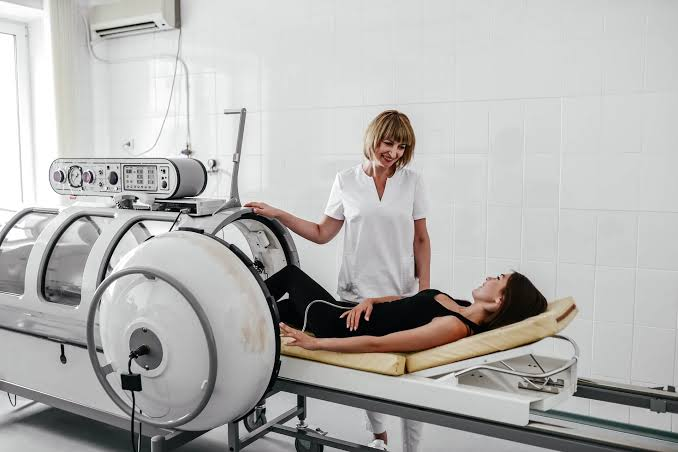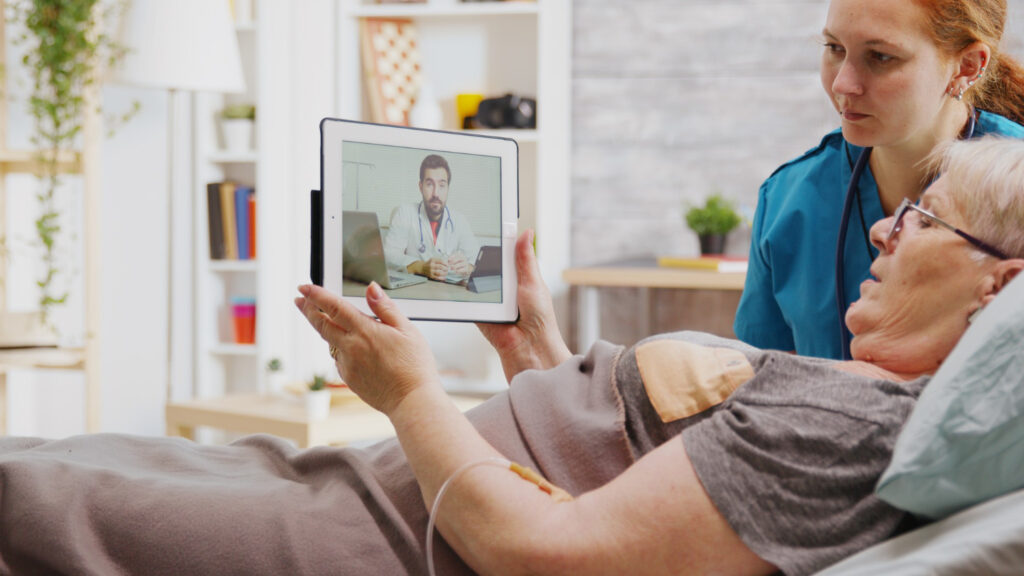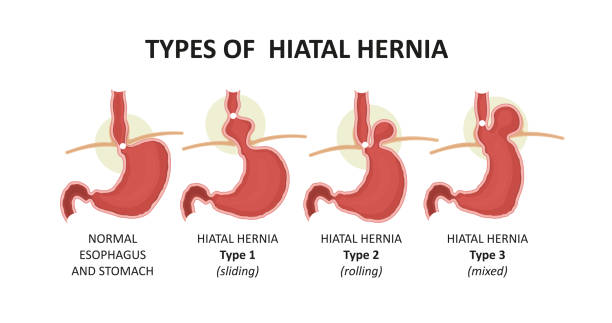In the field of natural healing and recovery, Hyperbaric Oxygen Therapy (HBOT) has emerged as a potent tool. HBOT has a number of advantages that help the body’s natural healing processes since it exposes the body to pure oxygen at higher atmospheric pressure. However, not every HBOT session is the same. It is essential to comprehend the essential characteristics of an ideal HBOT session in order to achieve the best results. In this article, we will dive into the components that make a HBOT session awesome, empowering people to tackle its maximum capacity for natural recuperation.
What Makes a HBOT Session an Ideal One?
State-of-the-Art Hyperbaric Chambers
The utilization of modern hyperbaric chambers is an essential component of an ideal HBOT session. These chambers ought to be designed to give a comfortable and controlled climate for the individual going through treatment. They ought to satisfy severe security guidelines and offer features such as adjustable atmospheric pressure, temperature regulation, and clear perceivability. The HBOT session will be successful due to the chamber’s design and functionality, which contribute to the overall experience.
Precise Control of Atmospheric Pressure
During a HBOT session, it is essential to maintain the appropriate atmospheric pressure. An ideal session ought to have exact atmospheric pressure control to guarantee that the individual gets the planned therapeutic effects. The tension ought to be painstakingly adjusted in view of the individual’s needs and the condition being dealt with. The ability to precisely regulate pressure levels enables the therapy to be customized and optimized, enhancing natural healing and recovery.
Pure Oxygen Administration
The administration of pure oxygen is one of HBOT’s defining characteristics. During an ideal meeting, the individual ought to be presented to a high convergence of pure oxygen, which assists with expanding the therapeutic benefits. Pure hyperbaric oxygen should be given consistently, be dependable, and be monitored to make sure the patient gets the right amount. The utilization of cutting-edge oxygen delivery systems increases the session’s overall efficiency and ensures effective oxygenation.
Monitoring and Safety Measures
Wellbeing is of most extreme significance in any HBOT meeting. An ideal meeting ought to consolidate exhaustive checking and security measures to guarantee the prosperity of the person all through the treatment. This includes trained personnel who are able to respond quickly to any concerns or emergencies, as well as continuous monitoring of vital signs like heart rate and oxygen saturation levels. These safety measures instill certainty and permit people to zero in on their normal recuperation without stress.

Professional Guidance and Support
In an ideal HBOT session, knowledgeable and experienced professionals will be present to provide the patient with guidance and support throughout the treatment process. These experts ought to have an exhaustive comprehension of HBOT and its applications, as well as the capacity to customize the treatment to address individual issues. They ensure that the session is optimized for natural healing and recovery.
Customized Treatment Plans
Each individual is extraordinary, and an ideal HBOT session considers this. To tailor the therapy to the individual’s specific requirements and objectives, personalized treatment plans are essential. A comprehensive evaluation of the patient’s medical history, current condition, and desired outcomes is required for this. The session can be optimized to address specific concerns, encourage natural healing, and maximize the individual’s benefits by developing individualized treatment plans.
Comfort and Relaxation
Establishing a comfortable and relaxing environment is fundamental during a HBOT session. The ideal session ought to focus on the solace of the individual, guaranteeing that they can unwind and loosen up during the treatment. A positive experience is made possible by factors like accommodating seating or lying arrangements, appropriate lighting, and a calming atmosphere. People can fully embrace the natural healing process and reap the session’s full benefits when they are at ease.
Integration with Holistic Wellness Methods
The ideal HBOT session takes into account the significance of holistic wellness methods. It considers the fact that natural recovery incorporates aspects of mental, emotional, and spiritual well-being and encompasses more than just the physical aspect. During the session, this may include practices like guided meditation, mindfulness exercises, or calming music. The session becomes a comprehensive experience that supports natural healing on multiple levels by incorporating these holistic wellness approaches.
Conclusion
An ideal HBOT meeting for normal recuperation envelops a few key highlights that work together to upgrade its viability. The integration of holistic wellness strategies with state-of-the-art hyperbaric chambers, precise atmospheric pressure control, pure oxygen administration, safety and monitoring measures, professional guidance, individualized treatment plans, comfort and relaxation, and other elements all contribute significantly to the creation of the perfect blend for natural healing. Individuals can unlock the full potential of HBOT and embark on a transformative journey toward enhanced well-being and natural recovery by comprehending and embracing these features.
















